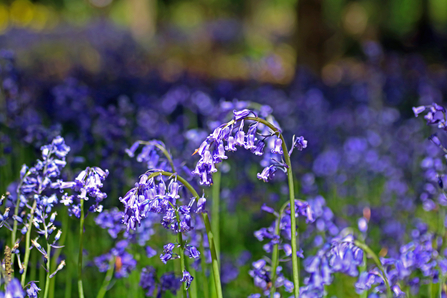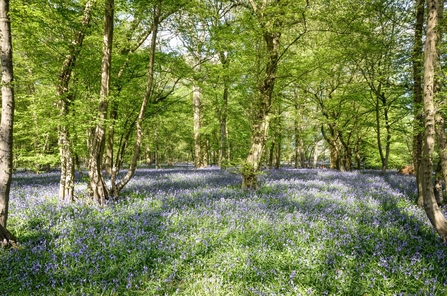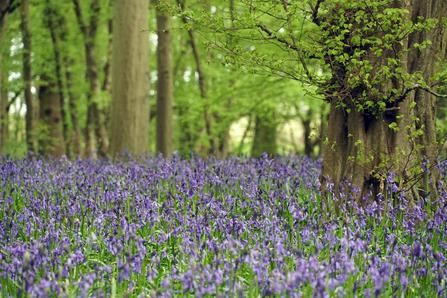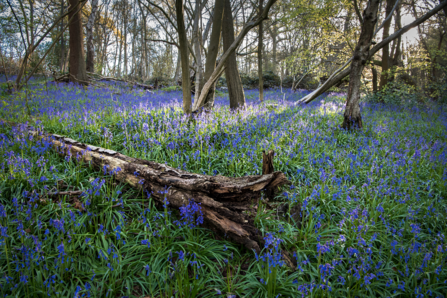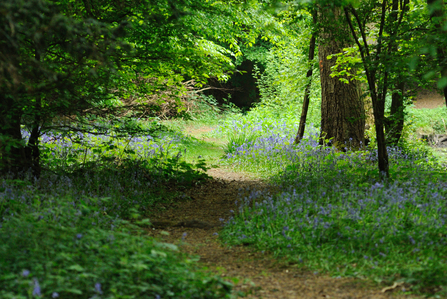Seven ancient woodlands and local communities in the region are set to benefit from Herts and Middlesex Wildlife Trust’s Ancient Astonbury and Wilder Woodlands project, thanks to National Lottery players and The National Lottery Heritage Fund.
In England, ancient woodland is categorised as ‘ancient’ if it has existed since 1600 AD. Many centuries of undisturbed soil make this habitat extremely rich in biodiversity, providing food, shelter and breeding sites for wildlife. It is also vital for humans too; ancient woodlands store substantial amounts of carbon – a significant factor in the fight against climate change. The Trust’s State of Nature 2020 report shows that just 4% of Hertfordshire’s landmass is classed as ancient woodland, and with 35% of species associated with woodland having noticeably declined since 1970, it is essential that these sites are protected and adopted by their local communities.

